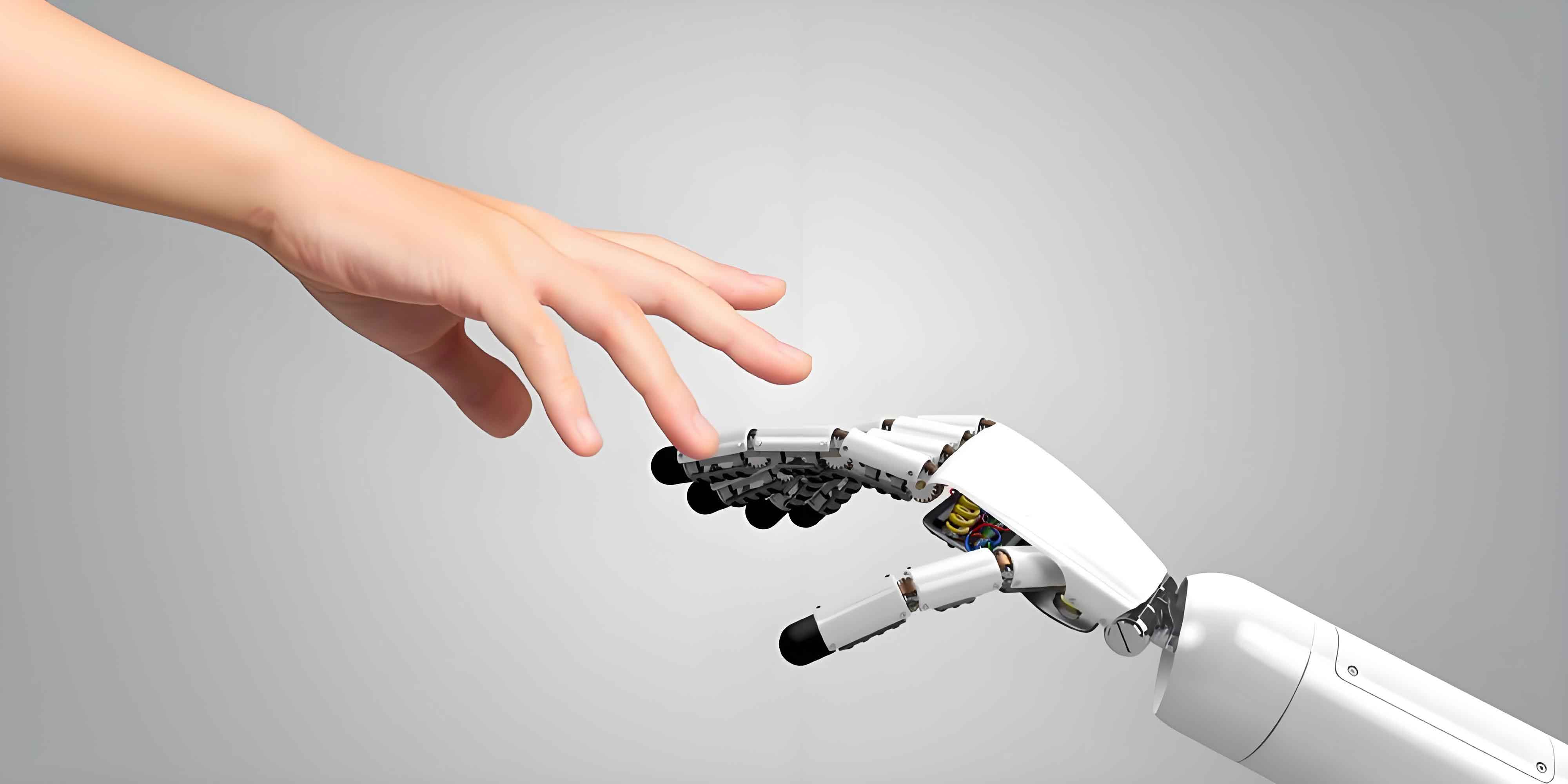JD.com recently launched two humanoid robots on its e-commerce platform, including a model that captivated nationwide audiences during the CCTV Spring Festival Gala with its vibrant yangge dance performance. The Unitree G1 is priced at approximately 99,000 yuan with 45-day delivery, while the春晚-featured Unitree H1 costs about 650,000 yuan with 60-day delivery. According to JD.com customer service, the initial batch of both products has sold out, demonstrating significant public enthusiasm for advanced robotics technology.

- Expanding Applications in Service Sectors
The robot industry is witnessing unprecedented diversification in application scenarios. Yuan Shuai, Deputy Secretary-General of the Zhongguancun IoT Industry Alliance, noted that 2025 marks the “first year of mass production” for humanoid robots, with AI advancements creating powerful “brains” and hardware innovations building robust “bodies.” At the recent Haidian Technology Temple Fair, humanoid robots served as shopping guides, entertainers, and cultural ambassadors. EX Robots’ “God of Wealth” android became a star attraction, showcasing interactive capabilities.
EX Robots CEO Li Boyang highlighted their robots’ dexterous hands capable of using human tools and multi-modal perception systems: “Commercial applications include child companionship, exhibition guidance, gaming interactions, and museum narration, offering novel entertainment experiences.” Zheng Lei, Chief Economist of Summa Cloud Technology Group, emphasized the robot industry’s potential in household services: “They can handle cleaning, cooking, and laundry while providing companionship and care services. In business settings, they perform reception, guided tours, and entertainment functions.”
- Industrial Manufacturing Transformation
The robot industry is revolutionizing production facilities, with Tesla’s Optimus series leading industrial adoption. Humanoid robots now handle repetitive, high-intensity assembly line tasks with precision, such as chassis assembly and screw fastening in new energy vehicle factories. They seamlessly integrate with automated production lines, enhancing efficiency from component processing to final assembly. Additionally, these robots operate in hazardous environments involving toxic substances, high temperatures, or high-pressure conditions, performing welding and cleaning tasks while ensuring worker safety.
Yuan Shuai emphasized the operational benefits: “Humanoid robots optimize workflows through flexible task adaptation, enabling rapid production line reconfiguration. Their precision and efficiency significantly reduce labor costs while increasing output.” Shanghai Securities research confirms this industrial shift: “Humanoid robots entering industrial settings represent a definitive global trend within the robot industry, with commercialization prospects becoming increasingly viable.”
- Technological and Economic Challenges
Despite rapid growth, the robot industry faces significant hurdles. Zheng Lei identified persistent limitations: “Technical bottlenecks exist in motion control, environmental perception, and human-machine interaction – particularly in achieving natural locomotion and responsive emotional recognition.” Production costs remain prohibitive, with premium models like Unitree H1 exceeding half a million yuan, limiting mass-market accessibility. These challenges necessitate continued innovation across the robot industry value chain to achieve price-performance breakthroughs.
- Financial Markets Embrace Robotic Innovation
Investment activity underscores confidence in the robot industry’s trajectory. Hefei Lingcifang Robotics secured tens of millions in angel funding just weeks after its January establishment, alongside securing multimillion-yuan orders. Publicly traded companies like Zhejiang Jiecang Linear Motion Technology are advancing robotic component development, announcing progress on linear actuator joints for humanoid systems: “Large, medium, and small prototypes are complete, undergoing testing and process refinement.” This financial momentum reflects broader recognition of the robot industry’s strategic importance.
- Commercialization Pathways Emerge
The robot industry ecosystem is evolving toward sustainable business models. Industrial deployments demonstrate clear ROI through productivity gains and hazardous task automation, while service applications gradually validate consumer market potential. Shanghai Securities analysts observe: “The humanoid robot industry chain has entered a ‘hundred flowers blooming’ phase, with domestic component manufacturers positioned to benefit from accelerating commercialization.” As production scales and AI integration deepens, industry participants anticipate progressive cost reduction and functionality expansion across both enterprise and consumer segments.
